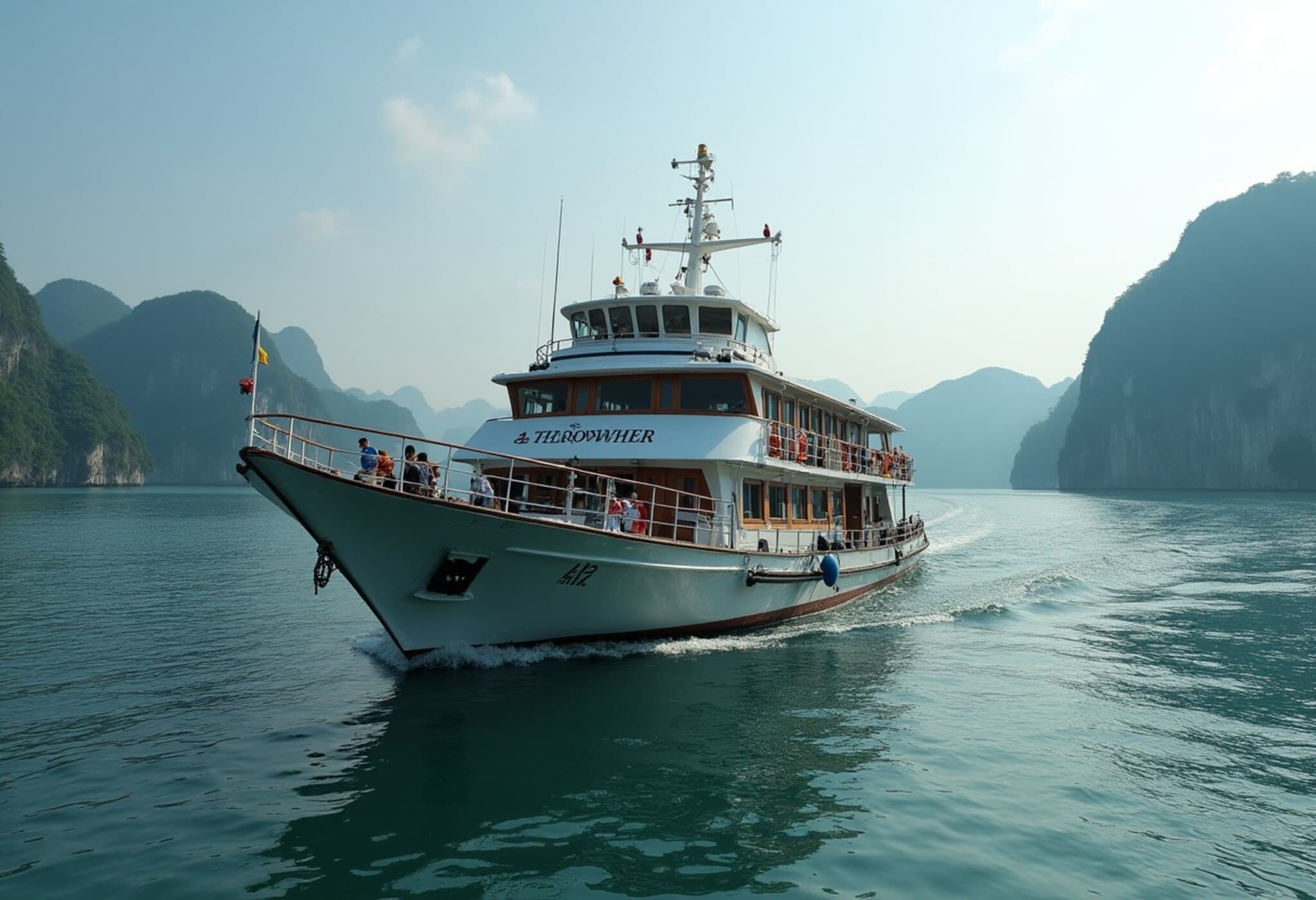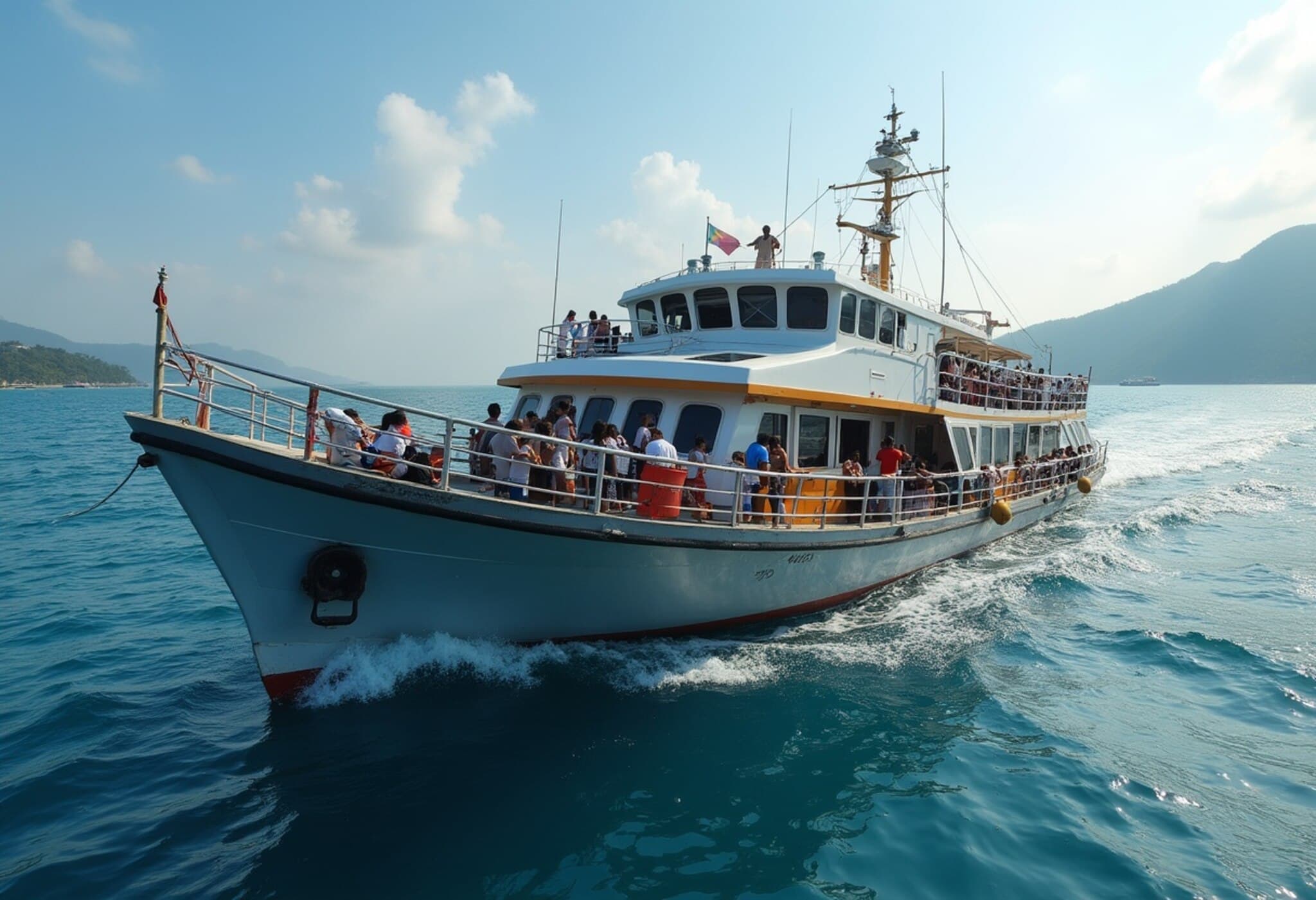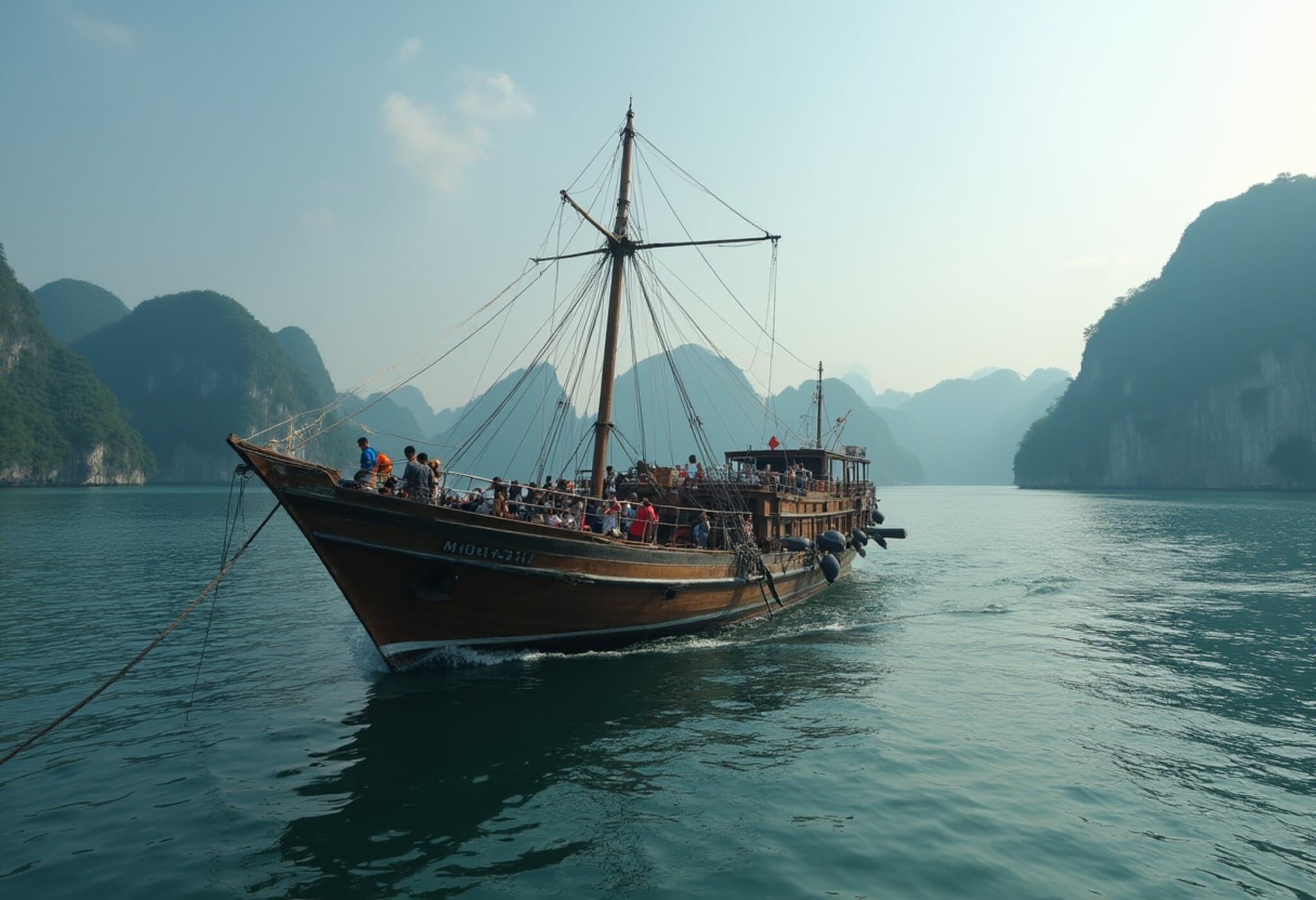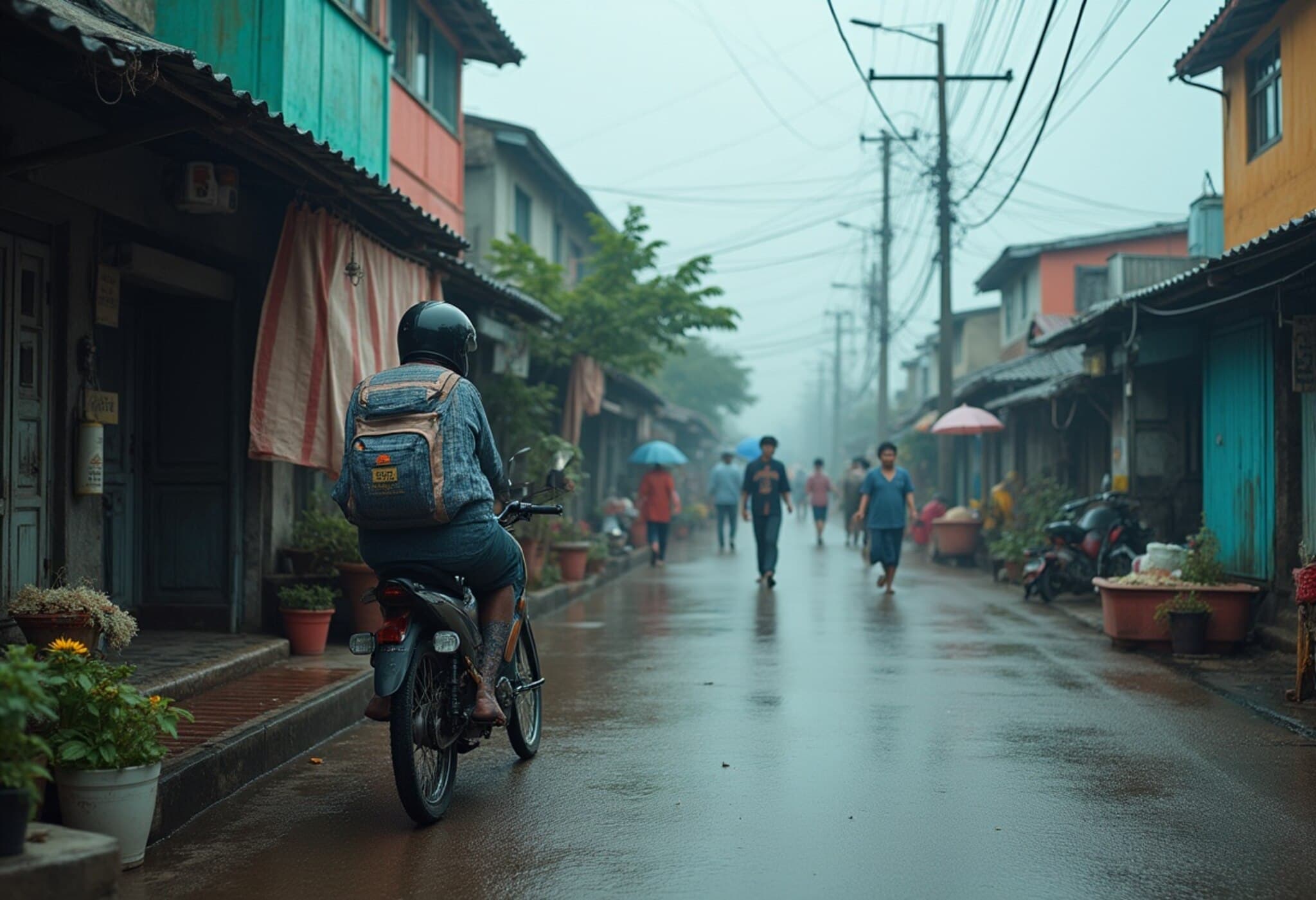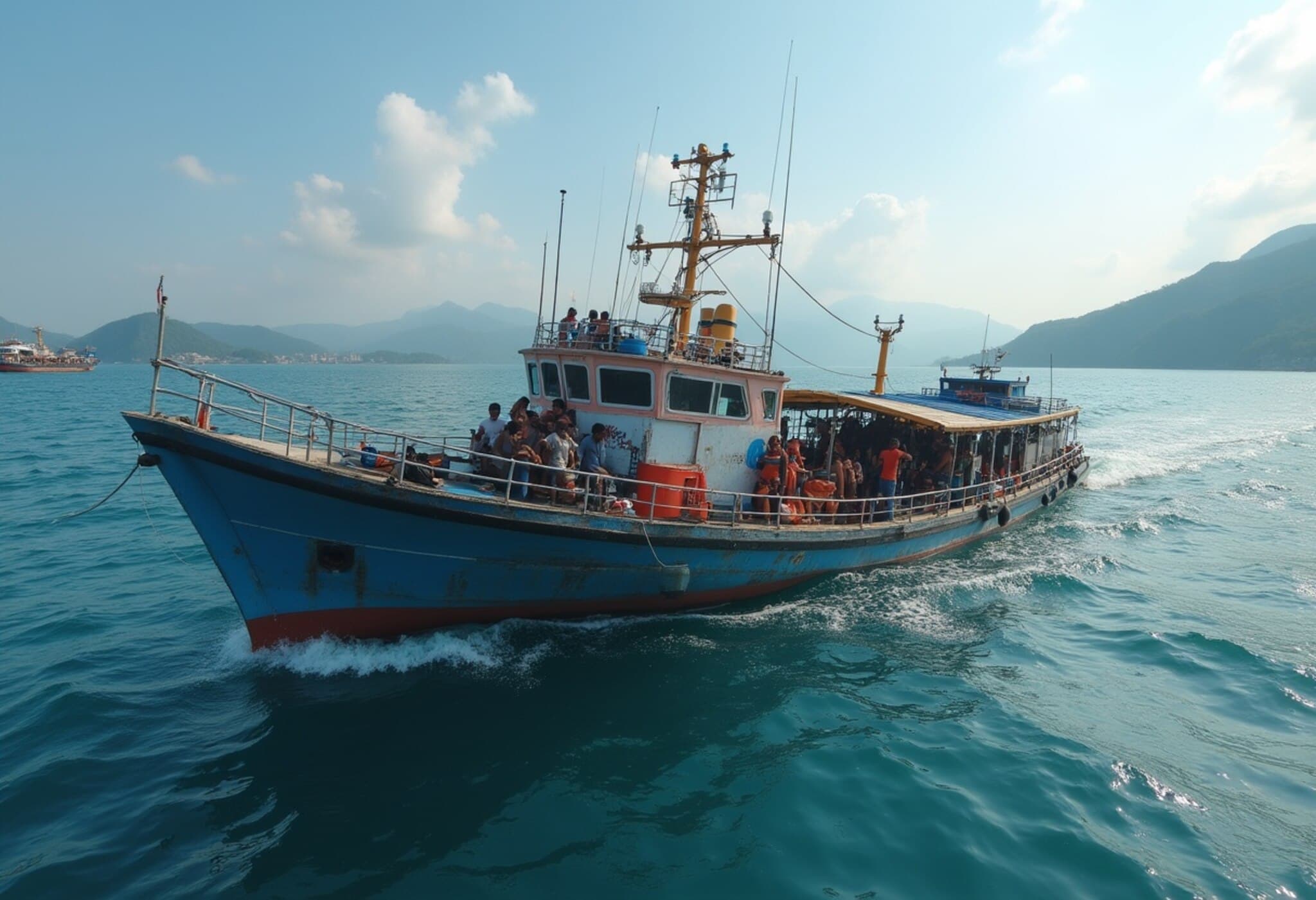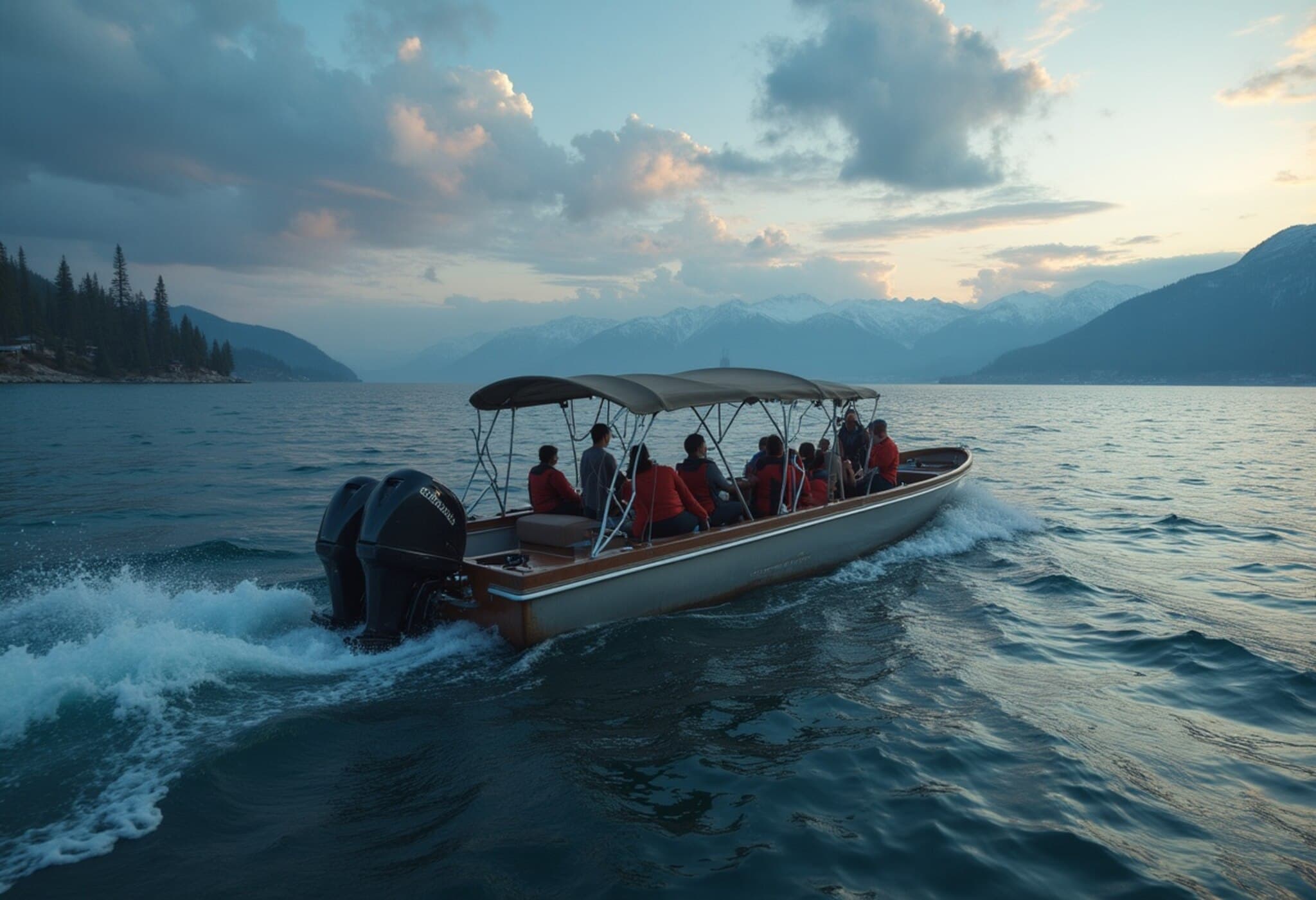Deadly Boat Capsize in Halong Bay Shakes Vietnam
On July 20, 2025, a tourist sightseeing boat tragically capsized amid a sudden squall in Vietnam’s idyllic Halong Bay, resulting in the loss of 34 lives. Rescue teams, including divers and local authorities, are urgently continuing efforts to locate missing passengers and crew members amid challenging weather conditions.
Harsh Weather and Chaotic Scene
Halong Bay, renowned for its breathtaking limestone karsts and emerald waters, has long been a magnet for tourists worldwide. However, the area's unpredictable maritime weather can swiftly turn perilous. According to eyewitnesses, a fierce squall struck without much warning, causing the overloaded tourist vessel to overturn. Panic ensued as passengers struggled in rough waters, highlighting ongoing concerns about boat safety regulations in the region.
Emergency Response and Search Efforts
- Divers equipped for underwater search and recovery are combing the area for survivors and bodies.
- Local Coast Guard and rescue teams have mobilized extensive resources, deploying speed boats and helicopters.
- Authorities have temporarily restricted tourist boat operations pending an investigation.
The Vietnamese government has pledged full support to the families of victims and emphasized the urgency of enhancing maritime safety protocols to prevent similar tragedies.
Contextualizing the Disaster: Safety and Oversight Challenges
This heartbreaking incident underscores persistent issues within the regional tourism industry’s safety framework. Experts note that while Halong Bay attracts millions annually, it suffers from a patchwork of regulations, inconsistent enforcement, and sometimes overcrowded vessels.
From a broader policy perspective, this tragedy calls for a renewed focus on:
- Stricter vessel capacity limits and life jacket enforcement.
- Improved weather monitoring systems to provide timely warnings to operators.
- Enhanced crew training on emergency preparedness and passenger safety.
American maritime safety analysts often point to robust regulatory frameworks like the U.S. Coast Guard’s standards as a benchmark for international adaptations. Increasingly, there is a dialogue about global best practices becoming a cornerstone to safeguard vulnerable tourist hotspots worldwide.
Underreported Angles and Broader Implications
While immediate rescue remains the priority, deeper questions arise about the economic pressures driving some operators to overfill vessels, prioritizing profit over passenger safety. Moreover, the emotional toll on survivors and families—many from local communities reliant on tourism—cannot be overstated.
Experts advocate for balanced tourism growth strategies that not only promote economic benefits but also integrate community well-being and environmental sustainability.
Looking Ahead: Lessons and Legacies
As Vietnam mourns this profound loss, the tragedy in Halong Bay serves as a sobering reminder of vulnerabilities inherent in the tourism sector’s rapid expansion without commensurate safety investments.
For travelers, this incident prompts a cautionary reflection on the importance of insisting on certified operators and verifying safety measures when exploring remote or adventure-driven destinations.
For policymakers and industry leaders alike, it signals an urgent call to elevate maritime safety standards to protect lives and preserve the allure of unique cultural and natural treasures like Halong Bay.

